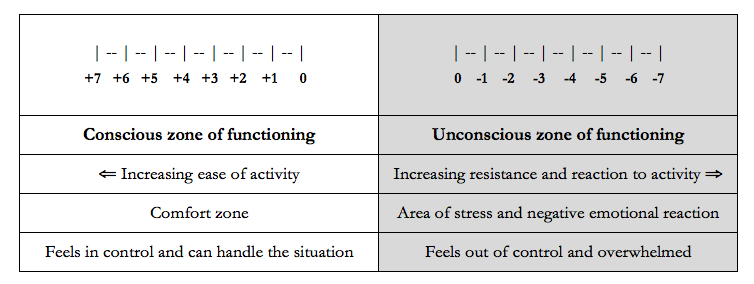By George A. Boyd © 2022
Q: I find that I seem to have lost my passion. How do I motivate myself?
A: It is important for you to find your core motivation. There are several levels of motivation that drive people. These include:
- Addiction and compulsion – these patterns of craving and obsession well up out of the unconscious mind. Those under the spell of these powerful mental forces often feel they are not in control of their behavior, when these patterns stir into activity.
- Manipulation – other people activate emotional patterns of rage, fear, and horror in people, and then, tell them what to do. People that are manipulated in this fashion can be programmed what to buy, who to vote for, who to love and who to hate. Those under the thrall of conspiracy theories, hate groups, and religious and political cults act under this motivation that misinformation, lies, and the malicious persuasion of others instills in them.
- Excitement and passion – This arises when you sense there is an opportunity to attain your desires and to realize your dreams. Many salespeople promise that their product or service will fulfill these desires, and it produces hope and optimism. When these dreams are not fulfilled, however, your passion may give rise to apathy and your excitement to depression.
- Inspiration and revelation – Those who have opened portals into the Psychic Realm may receive inspiration and revelation from a spiritual guide. Some feel motivated to embark on the spiritual path and bring out their Soul’s potentials listening to these messages—unfortunately, these messages can also convey false information, which can lead to delusions.
- Holy guidance – those who commune with the Holy Spirit and are able to listen to its whispering within the altar of the heart in the Moon Soul can be guided to carry out activities of charity, compassion, and service—but, this moral octave of volition can be shaped and conditioned through sermons of clergy with devious agendas, who can effectively take control of people’s lives to serve a religious group or its leader.
- Soul Purpose – those who can connect directly with the Soul can intuit the activities that carry forward the Soul’s Purpose, and they carry them out. Unlike levels (2) through (5), this form of guidance is mental, not emotional, and is task and goal oriented. When this form of motivation becomes the dominant force in your life, your transpersonal will of the Soul starts to overshadow your personal will, and guides you to carry out actions that develop your skills, that give you the necessary experience, and enable your Soul to express its purpose in your human life.
- Divine Will – Those who ascend to the heights of spiritual Mastery at different octaves of the Great Continuum of Consciousness receive the anointing of the Divine, and are directly shown the spiritual service and ministry they must carry out. When advanced disciples surrender to their spiritual Master and receive his or her direction (Agya), the Master conveys the Divine Will to them.
Many people experience the emotional roller coaster of levels (2) through (5). When the tranquil guidance of the Soul’s Purpose at level (6) begins to operate, it may feel strange at first, because it doesn’t stir your emotions and passions. The challenge of aspirants and disciples is to cut through these emotionalized layers of the mind and to contact the clear mental and intuitive streams coming from the Soul.
Greater serenity and a clear sense of direction is the by-product of following the Soul’s guidance. While you will still continue to react emotionally to the events of your life and in your social and community environment, and the struggles and lessons that arise when you follow your Soul’s direction, you will have a greater willingness to face these issues and obstacles and press to overcome them.
Those who are dealing with the addictions and compulsive drives of level (1) will need to find the necessary support and guidance to help them recover from these destructive patterns. Some may find our Addiction Recovery Coaching Program can help them understand, sublimate, and uproot these negative mental tendencies.
Methods of Jnana Yoga, which we teach in our intermediate meditation classes—the in-person Mudrashram® Master Course in Meditation and the by-mail and online Accelerated Meditation Program—teach you how to tune into your Soul’s guidance.
Much of the turmoil that you experience in your life comes from tapping these emotionalized layers of motivation—with their inevitable highs and lows… ups and downs… wins and losses. When the still, small voice within can cut through this mental cacophony, you can begin to find your way amidst a thousand siren voices that seek to lead you away from what you were born to do.







